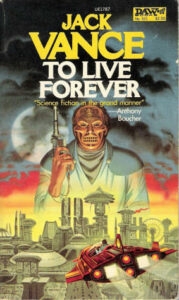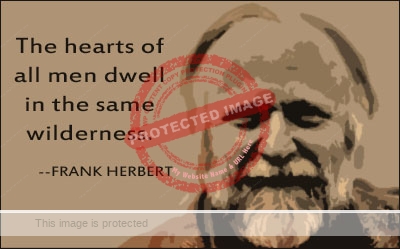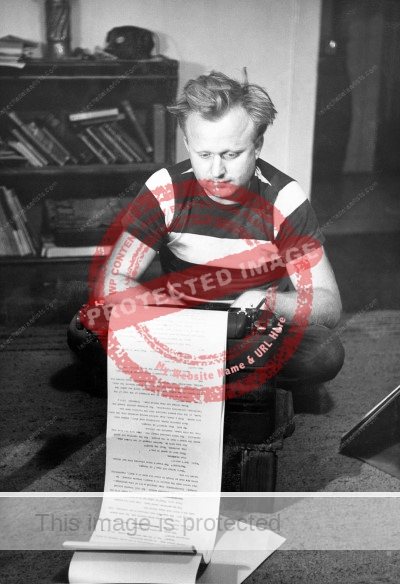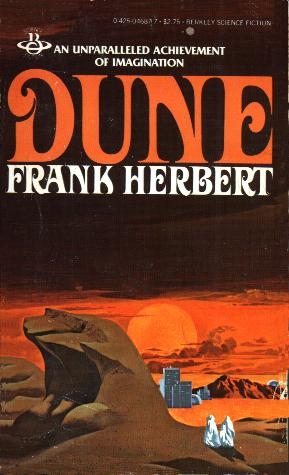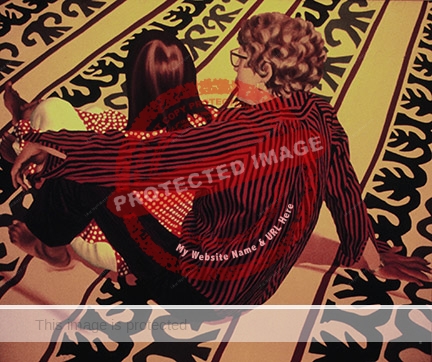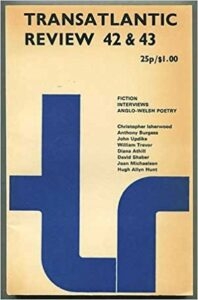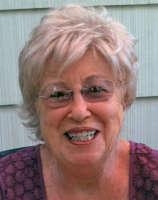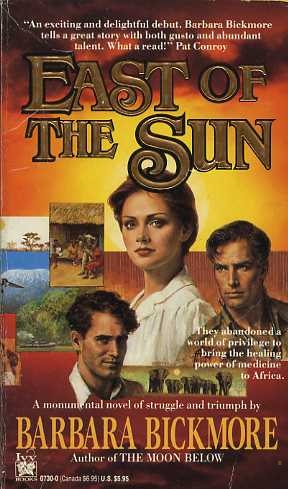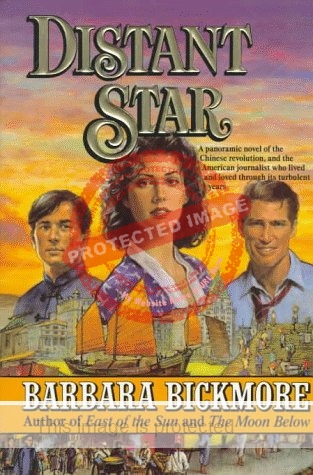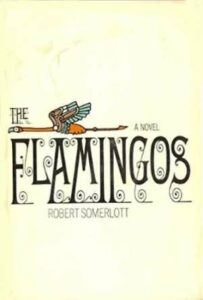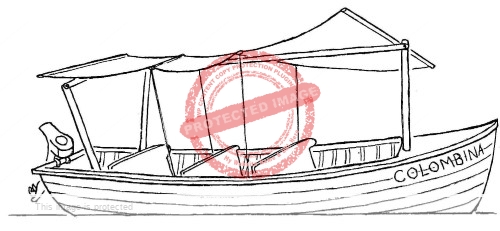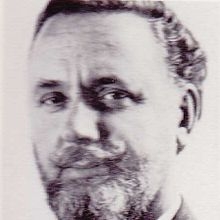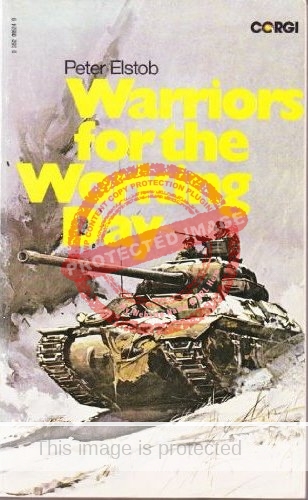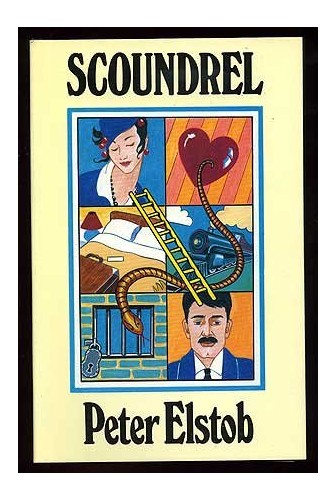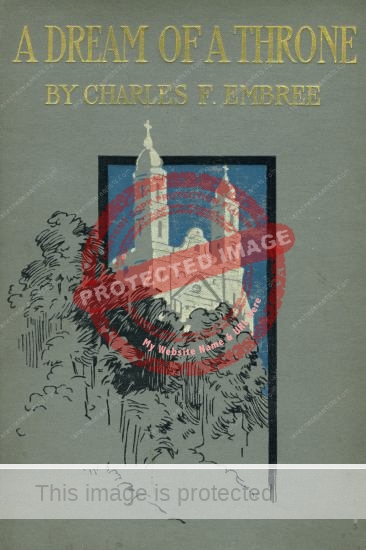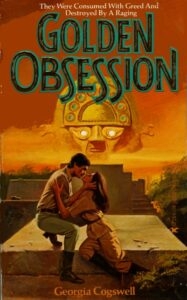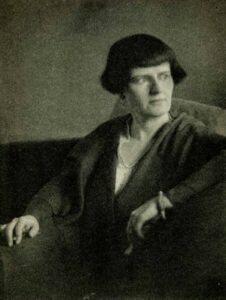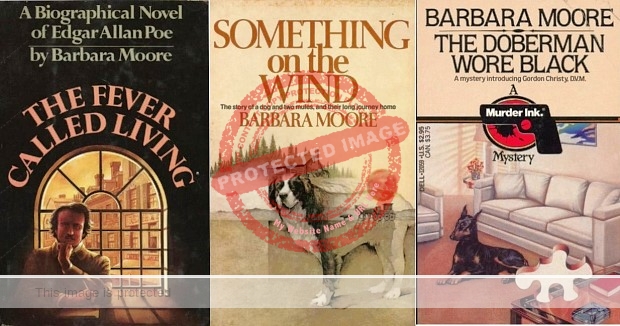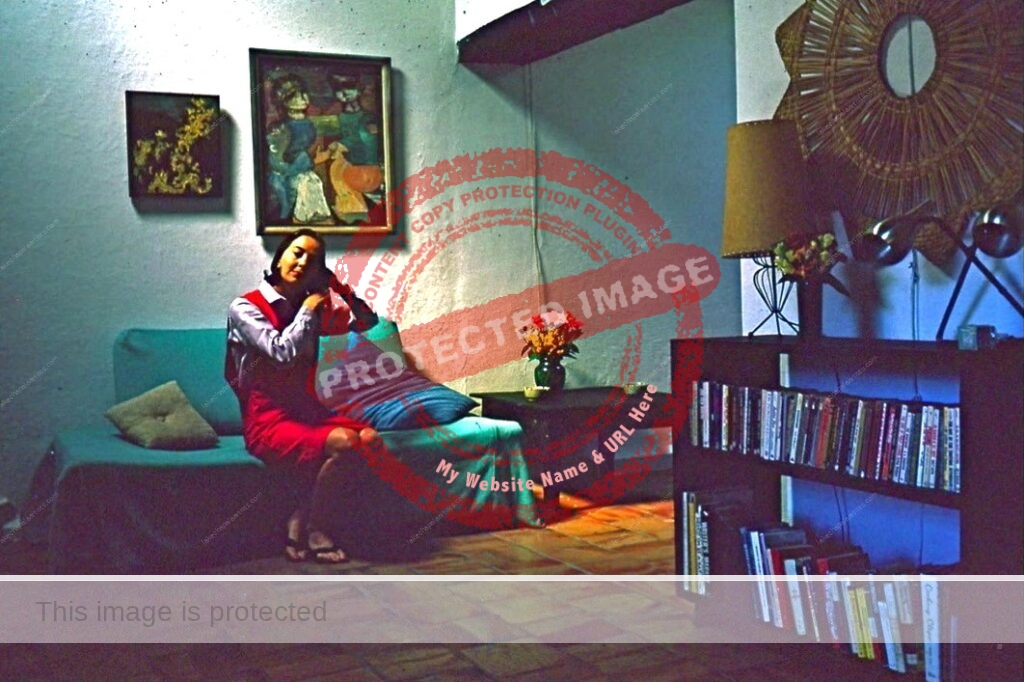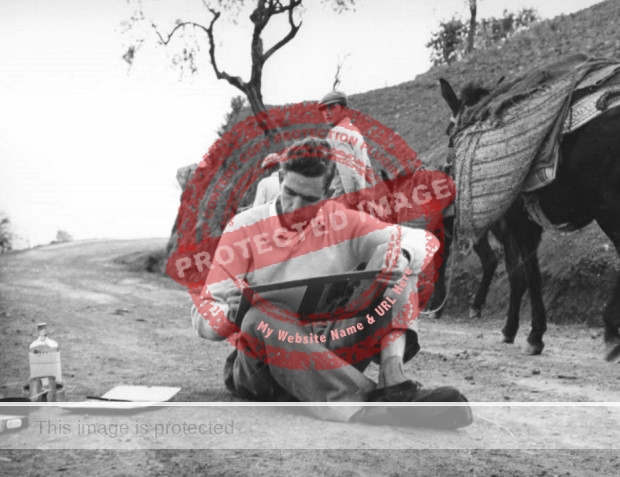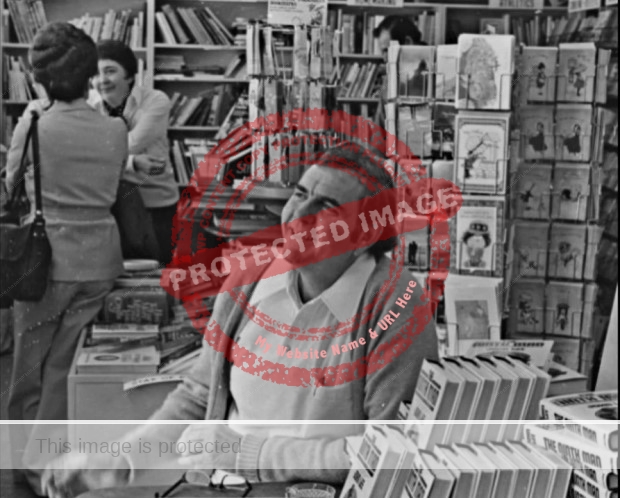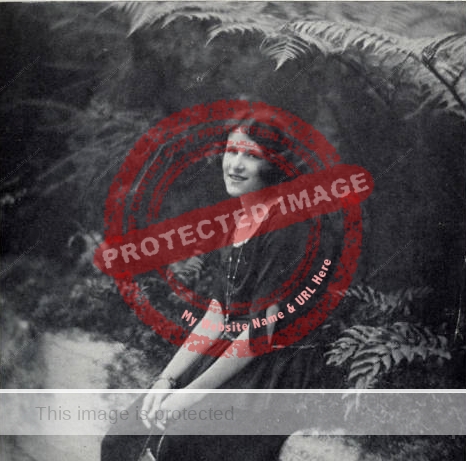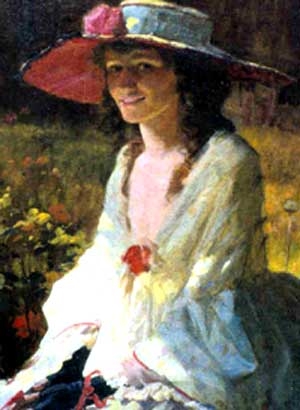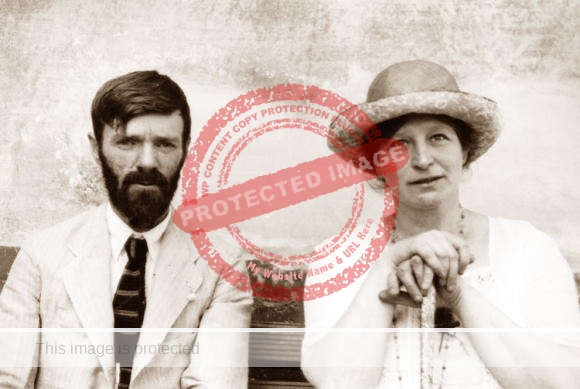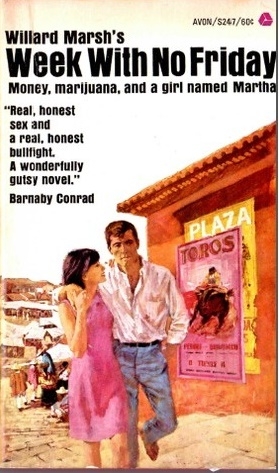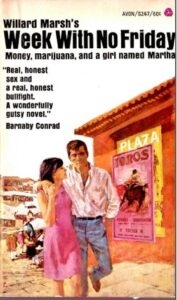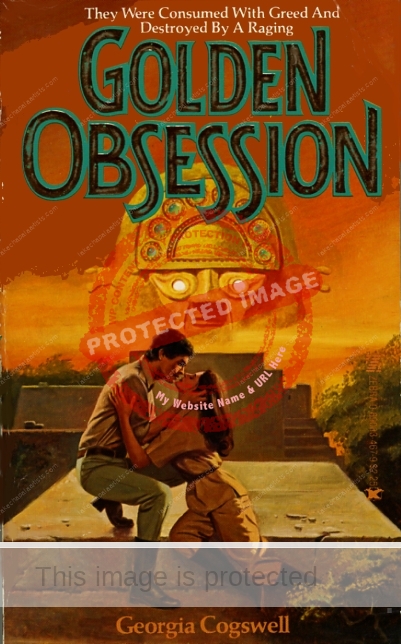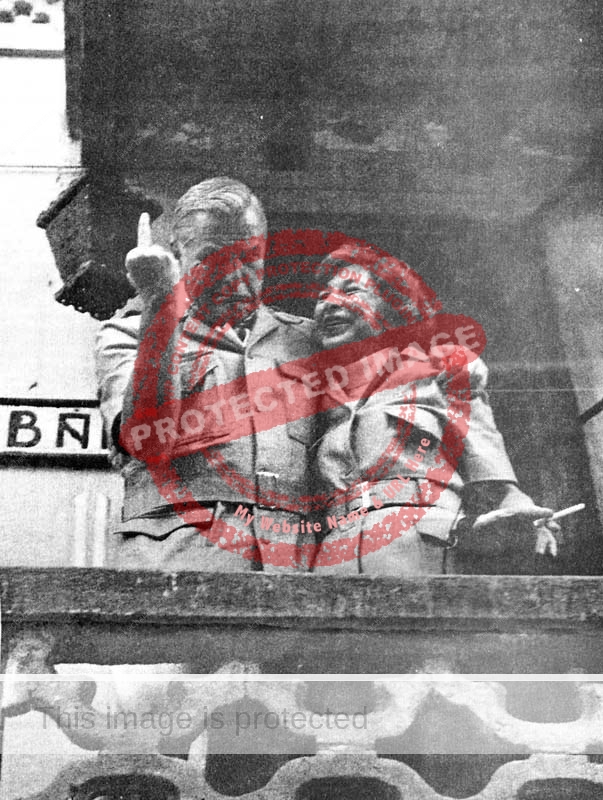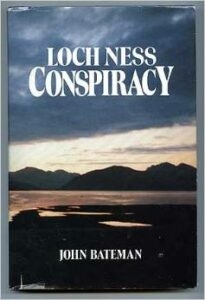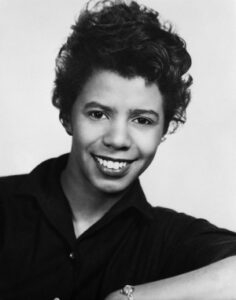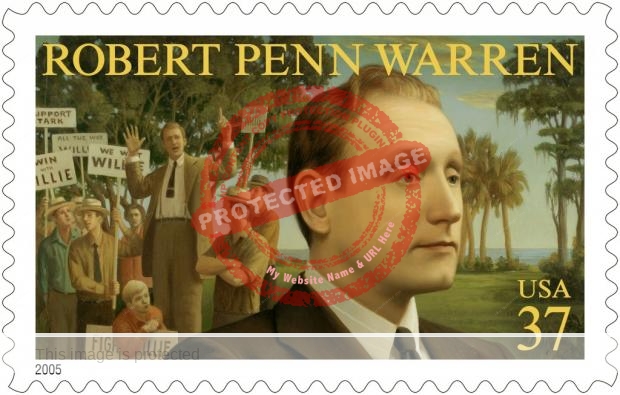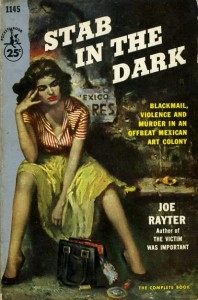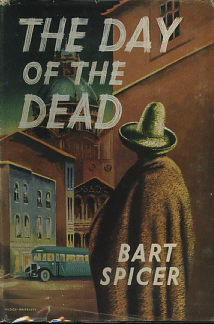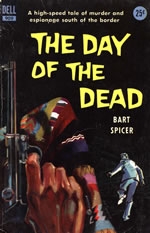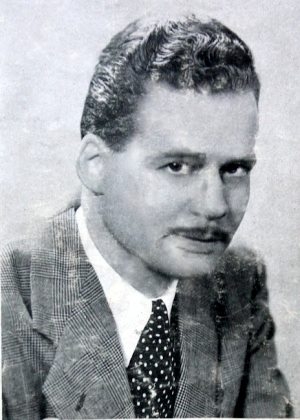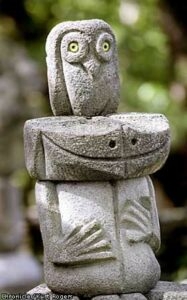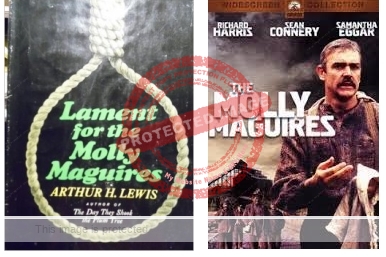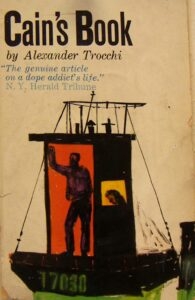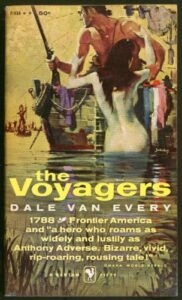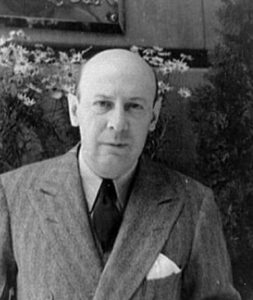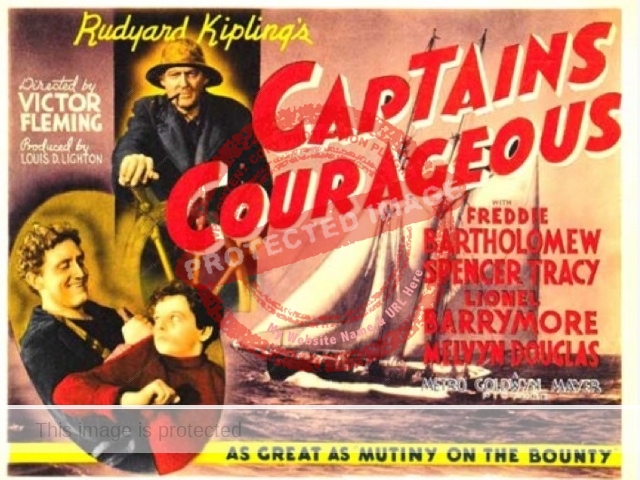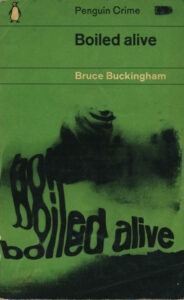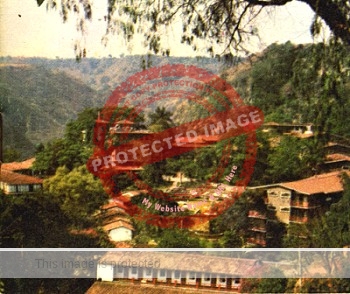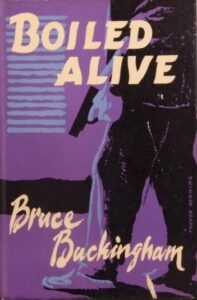Author, playwright and lecturer Vance Bourjaily (1922-2010) lived in Ajijic during the summer of 1951. We know from Michael Hargraves that Bourjaily completed a play there, entitled The Quick Years that was performed off-Broadway two years later. But the most interesting of Bourjaily’s works from a Lake Chapala perspective is one that was never published. The Lions and the Tigers is a verse play about the Ajijic literary and artistic colony, written after he had left the area. This play, a copy of which is preserved in the library of Bourjaily’s alma mater – Bowdoin College in Brunswick, Maine – will be the subject of a future post.
Vance Nye Bourjaily was born in Cleveland, Ohio, on 17 September 1922. Writing was in his blood: his father was a journalist and his mother wrote feature articles and romance novels. After high school Bourjaily attended Bowdoin College in Maine, but his studies were interrupted by the second world war. Bourjaily enlisted in 1942 and served as an ambulance driver for the American Field Service in Syria, Egypt and Italy (1942-1944) and then as an infantryman in the U.S. Army in Japan (1944-1946).
He completed his B.A. degree and graduated from Bowdoin College in 1947. He had already been commissioned to write a novel about a young man coping with the experiences of war. This first novel, The End of My Life (1947), established Bourjaily’s reputation as a fine writer. In his influential book, After the Lost Generation: A Critical Study of the Writers of Two Wars, John Aldridge compared Bourjaily to Fitzgerald and Hemingway:
“No book since ‘This Side of Paradise’ has caught so well the flavor of youth in wartime, and no book since ‘A Farewell to Arms’ has contained so complete a record of the loss of that youth in war.”
Bourjaily’s later novels explored other great American themes, though none of them garnered the same degree of praise as his debut novel.
During the summer of 1951, Bourjaily stayed at “the now defunct Posada Navarro, run by Doña Feliz” in Ajijic (Hargraves). He also spent part of the summer in Mexico City. Bourjaily was a close friend of novelist and creative writing teacher Willard Marsh, who lived at Lake Chapala, on and off, for two decades.
Katie Goodridge Ingram, whose family lived in Ajijic at the time, remembers Bourjaily as an accomplished jazz musician who played his cornet alongside professional trumpet player Harry Cook. (The protagonist in his novel The Great Fake Book (1986) is an amateur jazz cornetist).
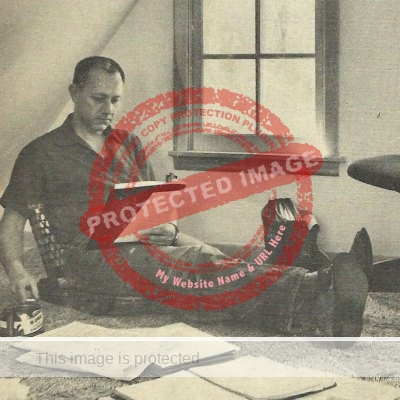
Vance Bourjaily in the 1960s. Credit: patricktreardon.com
Immediately after Ajijic, Bourjaily and John W. Aldridge co-founded (and co-edited) Discovery, an anthology of “Outstanding Short Stories, Poems & Essays” published from 1952 to 1955. The first issue included a piece by Norman Mailer, as well as a story entitled “Confessions of an American Marijuana Smoker” by “U.S.D. Quincy” (Ulysses Snow Davids Quincy), a pen name adopted by Bourjaily after the name he had given the story’s protagonist. Bourjaily later wrote several stories under his own name about Quincy for The New Yorker, including “The Fractional Man: A Confession of U.S.D. Quincy” (August 1960) and “Quincy At Yale; A Confession” (October 1960).
An article by Allyn Hunt alerted me to the fact that the fourth issue (1954) of Discovery included “The only beast: an essay”, a story about Jocotepec by poet and translator Lysander Kemp, who had moved to that Lake Chapala town the previous year and lived there until the mid-1960s.
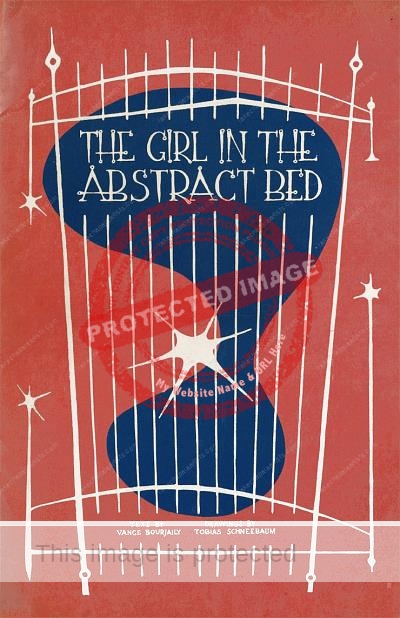
Front cover of Girl in the Abstract Bed
It was also in 1954 when a curious limited edition children’s book by Bourjaily entitled The Girl in the Abstract Bed (New York: Tiber Press) was published. Tobias Schneebaum (an artist-explorer who had been in Ajijic at the same time as Bourjaily) contributed the illustrations, which were real silkscreen prints of watercolors that were tipped in to the unbound book.The book’s title came from the name of an abstract painting that Schneebaum had done for Vance and his first wife, Tina, to beautify the headboard of their daughter Anna’s crib.
Bourjaily’s text is delightfully whimsical. The book opens as follows:
“There once was a girl
named Nicole Pennsylvania Snow
who, when she was ten months old,
slept in an abstract bed
designed and decorated for her by a famous artist.”
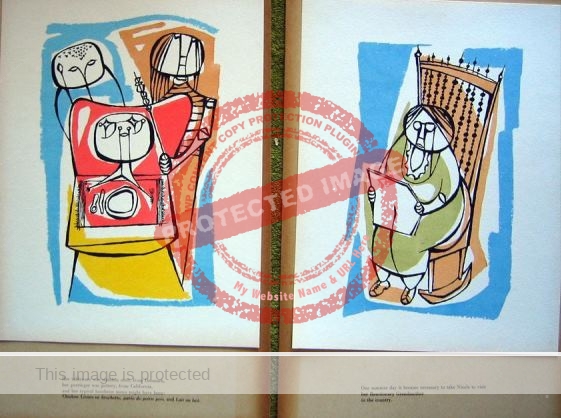
Double-page spread from Girl in the Abstract Bed
The book ends when “Reactionary Grandmother” (above, right) drags Nicole away from the Danish tableware, Mother Proust stories, and Lait au lait and into the sunshine, where “DADA” and “jane” learn that “our baby is primitive, after all.”
Bourjaily’s summer in Ajijic was not the only time he was in Mexico. He returned several years later to work on archaeological digs in Mexico City and Oaxaca with Ignacio Bernal and John Paddock. This experience became the backdrop for his novel Brill Among the Ruins (1970), which is about how Vietnam-era turmoil affects a middle-aged Midwestern lawyer.
When he lived in San Francisco, Bourjaily was a feature writer for The San Francisco Chronicle. When he moved to New York, he wrote stage reviews for The Village Voice.
He left New York in 1957 to become an instructor at the Writers Workshop at the University of Iowa. He was an associate professor at that institution 1960-1964, 1966-1967, 1971-1972. He was also on the faculty of the University of Arizona in Tucson, as a visiting professor, 1977-78, and then as a full professor, 1980-85. Bourjaily was also the founding director of the Master of Fine Arts program in creative writing at Louisiana State University.
Bourjaily’s works of fiction, mostly published by Dial Press in New York, include: The End of My Life (1947); The Hound of the Earth (1955); The Violated (1958); Confessions of a Spent Youth (I960); The Man Who Knew Kennedy (1967); Now Playing at Canterbury (1976); A Game Men Play (1980); The Great Fake Book (1986) and Old Soldier (1990).
His non-fiction books include The Unnatural Enemy (1963) and Country Matters: Collected Reports from the Fields and Streams of Iowa and Other Places (1973).
Bourjaily’s first marriage, in 1947 to Bettina Yensen, with whom he had three children, ended in divorce. In 1985, he married Yasmin Mogul, a former student, with whom he had a son.
Bourjaily died in Greenbrae, California, on 31 August 2010 at the age of 87.
Acknowledgments
- My thanks to Katie Goodridge Ingram for sharing her memories of Vance Bourjaily.
Sources:
- John W. Aldridge. 1951. After the Lost Generation: A Critical Study of the Writers of Two Wars.
- Vance Bourkaily. 1954. The Girl in the Abstract Bed. (New York: Tiber Press) Illustrations by Tobias Schneebaum.
- Michael Hargraves. 1992. Lake Chapala: A literary survey; plus an historical overview with some personal observations and reflections of this lakeside area of Jalisco, Mexico. (Los Angeles: Michael Hargraves).
- Allyn Hunt. 2008. “Writers On The Lam In Mexico: For Many, Ken Kesey Came Late And A Bit Too Noisily, But For Totally U.” Guadalajara Reporter, 29 March 2008.
- Tobias Schneebaum. 2000. Secret Places. My life in New York and New Guinea. University of Wisconsin Press.
- Bruce Weber. 2010. “Vance Bourjaily, Novelist Exploring Postwar America, Dies at 87” New York Times, 3 September 2010.
Sombrero Books welcomes comments, corrections or additional material related to any of the writers and artists featured in our series of mini-bios. Please use the comments feature at the bottom of individual posts, or email us.

